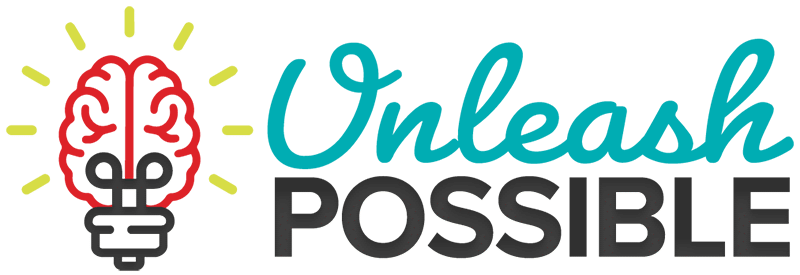It's time to rethink your lead scoring model
I wrote this for the FlipMyFunnel LinkedIn Community- are you a member? If not, and ABM is your jam I recommend you join.
A critical part of any account-based strategy is strategically defining which accounts we are going to pursue. The most effective programs take three factors into consideration:
Firmographic characteristics that identify organizational traits that you can best serve. Here you will want to consider common attributes such as the size of the company, or industry, but also less common factors such as their technology profile, or growth projections.
Propensity to buy signals are next and are behavior-based. You’ll focus on purchase triggers for your solution, and third-party intent insights such a reading competitor reviews, or category-specific content consumption spikes.
Engagement history takes into account any past interaction your brand has had with the company. For example, you may want to decrease prioritization for accounts you lost within the last 90 days, or where sales have identified a competitor locked in a contract for the next 3 years.
Whew! You’ve got your account list. Now what? Now, you have to operationalize this list within the context of your lead scoring models. I’ve found that most lead scoring models do a bad job of driving sales & marketing collaboration within an ABM model because they drive us towards separating marketing and sales. For example, marketing keeps the “lead” until a certain threshold of activity is reached - usually based on the amount of action taken by a particular contact or account. But this is flawed. In an account-based model, we want to interrupt that way of thinking because our goal is to surround an account.
Trigger-based scoring is a great way to achieve that mission. Trigger-based scoring is action-oriented and prioritizes the most recent interaction we’ve had with a buyer to define the next step. Someone downloading a buyer’s guide from a website has a lot more buying intent behind it, then someone downloading a general trends paper. As such, our actions following the trigger should be different. The buyer’s guide download might trigger a sales call task, where the trends paper might trigger a nurturing campaign related to the topics explored in the content. The action of downloading content isn't the most important factor, it's the kind of content that was accessed.
Best of all, trigger-based approaches take into account both sales and marketing actions. For example, when a proposal is sent from sales, I can trigger a CEO “thank you for considering us” communication.Picking triggers that can have the most impact can get a little tricky. Some will be common sense, but others require a little research. I like to select a series of accounts that represent the accounts you will be targeting. Go back at least 2 full sales cycles (ideally 3 or 4) and identify the last activity that was executed right before key contacts at the accounts moved from one stage of the sales process to the next. These are your initiators. Now, look for activities that engaged 3+ contacts at the accounts. Engaged does not include “sent” but indicates that contacts responded to activity i.e. participated in a meeting, attended an event, downloaded a piece of content. These are your engagers.
While you’ll want to test and modify these over time, picking the initiators and engagers that have had the most traction historically is a great place to start. Throw in a couple of ideas you’ve never tried before and you’re ready to pilot a new way of scoring.

